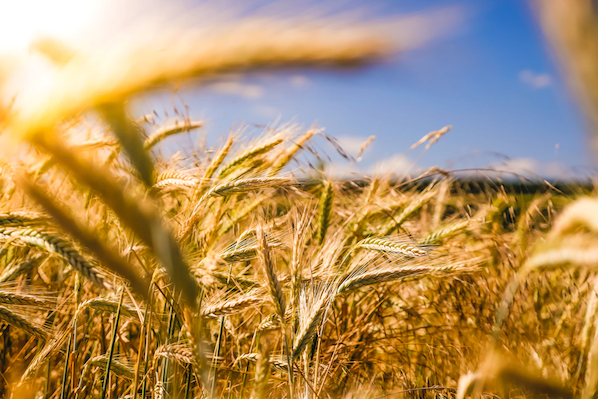We live in an age of immense and often overwhelming information sharing. The internet, social media, and a cacophony of smart devices have democratized the flow of information so that everything from TikTok dances to lifehacks to the fringiest of conspiracy theories find a wide, enthusiastic audience. No matter your informational vice, it’s usually a safe bet to abide by Occam’s razor: “the simplest explanation is usually the best one.” In other words, don’t overthink it. When it comes to food traceability in the supply chain, the stakes are simple: the more traceable every ingredient in the food supply chain is, the better for public health.
Consider that an estimated 600 million people globally fall ill every year after eating contaminated food, with 420,000 of them dying. Unsafe food containing harmful bacteria, viruses, parasites, or chemical substances causes more than 200 diseases, from diarrhea to cancer. A whopping $110 billion is lost each year in productivity and medical expenses resulting from unsafe food in low- and middle-income countries. The United States imports about 15 percent of its food supply from other countries. More than 200 countries and 125,000 food facilities and farms supply about 32 percent of the fresh vegetables, 55 percent of the fresh fruit, and 94 percent of the seafood that Americans consume. So how do we ensure the safety of it all? Taking into account widely varying protocols and regulations from one region to another, it can feel like an insurmountable, almost hopeless situation to get control over.
![]()






